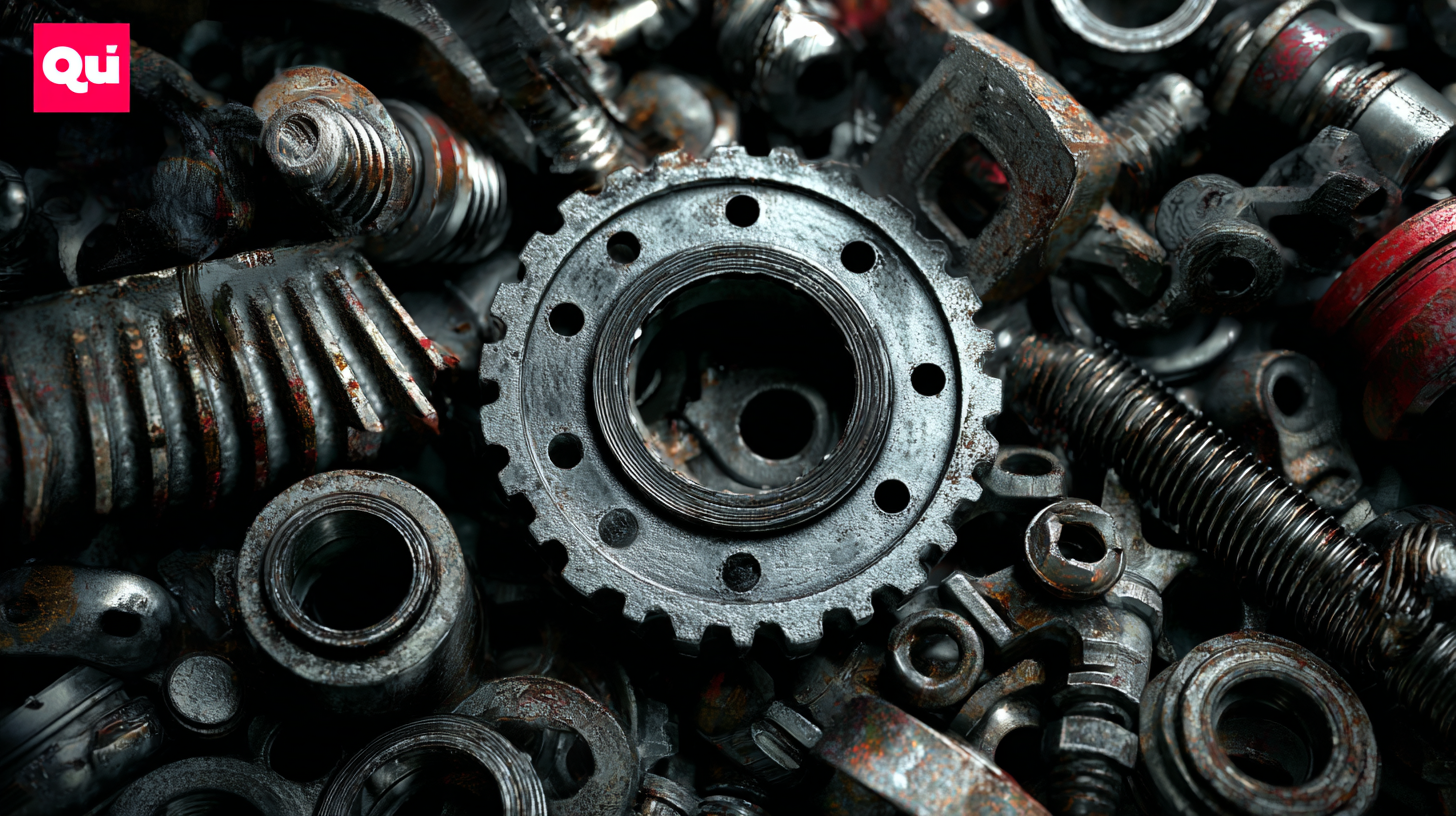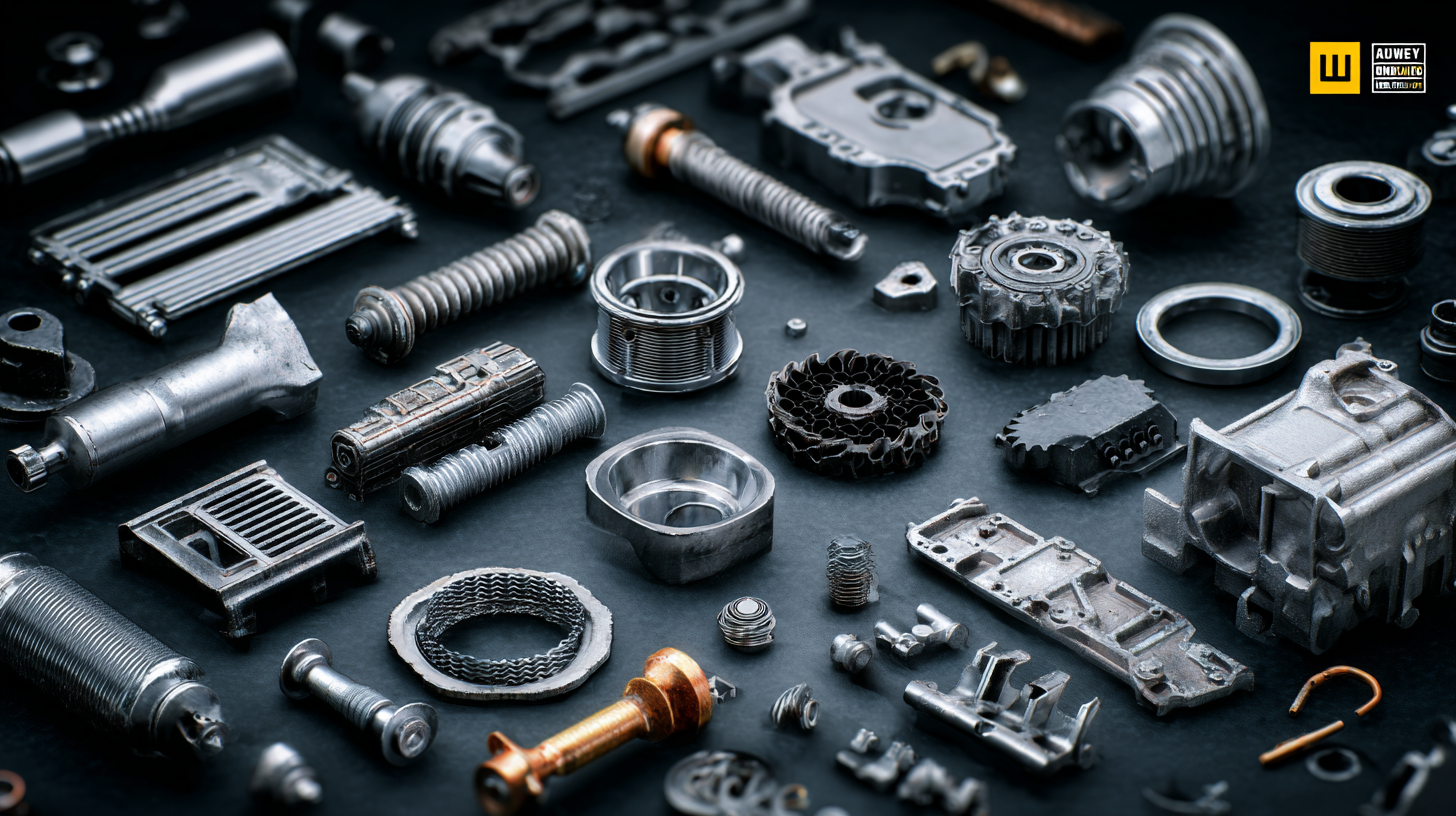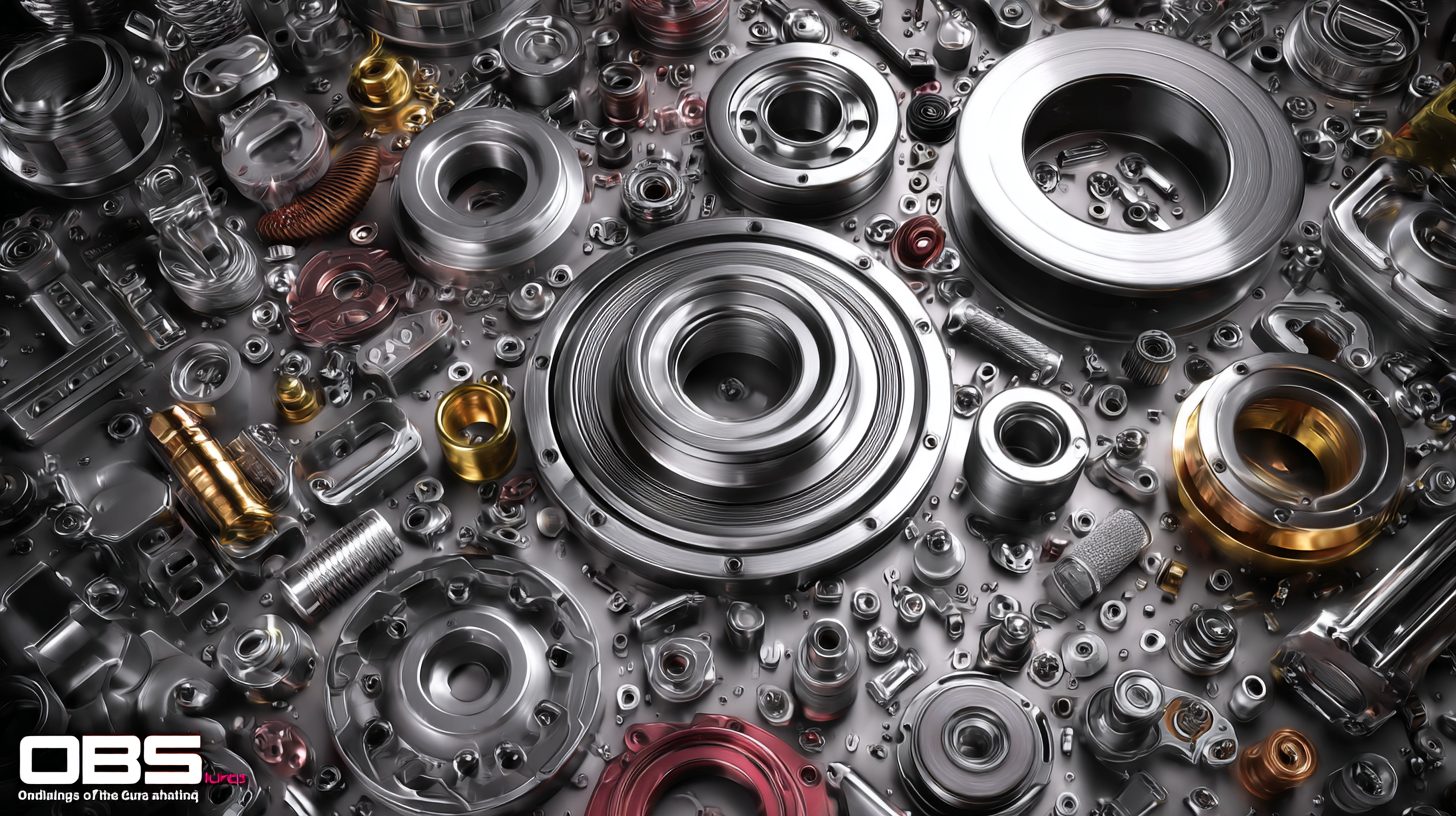Leave Your Message
-
Phone
-
E-mail
In today's global marketplace, the demand for high-quality Other Auto Parts continues to rise, driven by both consumer needs and the pursuit of enhanced vehicle performance. Understanding the diverse offerings in this sector is crucial for buyers aiming to make informed purchasing decisions. As the automotive industry evolves, the importance of quality and reliability in auto parts cannot be overstated, especially when it comes to ensuring vehicle safety and efficiency. This blog will delve into the various categories and standards of Other Auto Parts available worldwide, providing valuable insights and practical tips for global buyers. By exploring key factors such as material quality, compatibility, and sourcing strategies, we aim to equip readers with the knowledge necessary to navigate this complex landscape and select the best options for their automotive needs.

The global auto parts market has experienced significant growth, driven by the increasing demand for vehicles and the need for high-quality components. According to a report by Allied Market Research, the global automotive parts market was valued at approximately $1.4 trillion in 2020 and is projected to reach over $2 trillion by 2028. This growth underscores the importance of sourcing the right parts, especially for global consumers who seek reliability and performance.
When exploring the types of high-quality auto parts, it is crucial to understand the differences between OEM (Original Equipment Manufacturer) parts and aftermarket parts. OEM parts are manufactured by the vehicle's producer and are often seen as the standard for quality. In contrast, aftermarket parts can vary significantly in quality but present an opportunity for cost savings. A report from Research and Markets indicates that the aftermarket automotive parts market size is expected to reach $495 billion by 2026, highlighting the growing options available to consumers.
**Tips:** Always verify the certifications and warranties provided by suppliers when purchasing auto parts. Researching product reviews and ratings can also help ensure that you choose high-quality components. Additionally, consider working with reputable distributors or manufacturers to avoid counterfeit products, which can compromise vehicle safety and reliability.
| Type of Auto Part | Material | Quality Rating | Price Range (USD) | Compatibility |
|---|---|---|---|---|
| Brake Pads | Ceramic | A | 50-100 | Universal |
| Oil Filter | Metal | A+ | 10-20 | Specific Models |
| Headlight Bulbs | Glass | B+ | 15-35 | Universal |
| Starter Motor | Aluminum | A | 120-250 | Varied Makes |
| Radiator | Aluminum | A+ | 150-300 | Compatible Models |
When selecting high-quality auto parts, buyers must consider several key factors that directly affect performance and reliability. First and foremost is the material composition of the parts. High-quality components are often made from durable materials such as high-grade steel or advanced polymers, which can withstand wear and tear better than their inferior counterparts. Buyers should look for parts that meet industry standards and certifications, ensuring they are sourced from reputable manufacturers committed to quality.

Another critical aspect to evaluate is the compatibility of the auto parts with the specific vehicle model. Even within the realm of high-quality parts, improper fitment can lead to costly repairs and reduced vehicle performance. Thus, consulting with vehicle-specific guides or professionals can significantly enhance the selection process. Finally, warranty offerings should not be overlooked; a comprehensive warranty reflects the manufacturer’s confidence in their product and provides buyers with peace of mind.
When these factors are thoughtfully considered, global buyers can confidently navigate the diverse landscape of auto parts, making informed decisions that enhance vehicle longevity and safety.
When it comes to choosing auto parts, buyers often face the dilemma of selecting between OEM (Original Equipment Manufacturer) parts and aftermarket alternatives. OEM parts are made by the same manufacturer that produced the original parts for the vehicle, ensuring a perfect fit and maintaining the vehicle’s resale value. However, they tend to be more expensive. On the other hand, aftermarket parts are produced by third-party companies and come with a wide range of prices and quality. While they can be more affordable, the quality may vary, making research crucial.
Tip: Always check the warranty information for both OEM and aftermarket parts. A solid warranty can indicate the manufacturer's confidence in their product and provides peace of mind for the buyer.

Another consideration is compatibility and performance. OEM parts will generally guarantee compatibility with your vehicle. Aftermarket parts might enhance certain features, but it's essential to read reviews and seek recommendations to ensure they meet your expectations.
Tip: Before purchasing, consult mechanic forums or local automotive specialists to get insights on the best aftermarket options that suit your vehicle’s model and driving needs.
Identifying authentic high-quality auto parts in the global market can indeed be a daunting task for buyers. According to a report by the Automotive Parts Manufacturers Association, nearly 30% of aftermarket parts sold globally are counterfeit or of substandard quality. This highlights the importance of vigilance when sourcing auto parts. Buyers should look for certifications such as ISO 9001 or IATF 16949, which indicate adherence to international quality management standards. Additionally, verifying the manufacturer's reputation through reviews and industry recognition can significantly reduce the risk of purchasing inferior parts.
Tips for Identification: One of the most effective ways to ascertain the quality of auto parts is to inspect the packaging. Genuine parts usually come in branded packaging that includes detailed product information and manufacturing dates. Furthermore, buyers should ensure that the parts have relevant warranty information. If a deal seems too good to be true, it often is; therefore, comparing prices across multiple sellers can help gauge the market rate for specific parts.
In addition to visual inspection and research, leveraging technology can also enhance your sourcing strategy. Various mobile applications and online platforms now enable buyers to check part authenticity through barcodes or QR codes. By staying informed and utilizing available tools, global buyers can navigate the complexities of the auto parts market more effectively.
Navigating global supply chains can be a daunting task, especially when it comes to purchasing high-quality auto parts. Buyers often encounter challenges such as varying standards of authenticity and quality across different regions. To mitigate these risks, it’s essential to conduct thorough research on potential suppliers. Look for manufacturers with a solid reputation, verified certifications, and transparent sourcing practices. Engaging with industry-specific forums and feedback platforms can also provide valuable insights into the reliability of suppliers.
Additionally, establishing strong communication channels with suppliers is crucial. Regularly asking questions about the materials used, production processes, and warranty policies will not only clarify your understanding but also build a trustworthy relationship. Consider utilizing inspection services to confirm the quality of parts before shipment.
This proactive approach can help prevent future complications and ensure that you are investing in genuine, high-quality auto parts that meet your needs, ultimately enhancing the longevity and performance of your vehicles.
